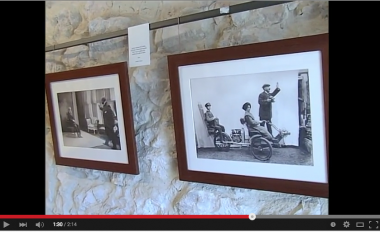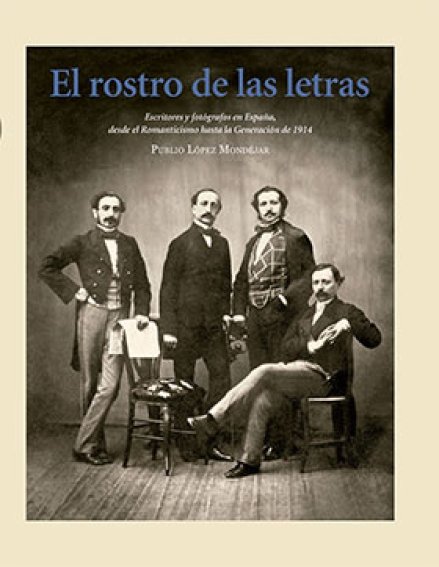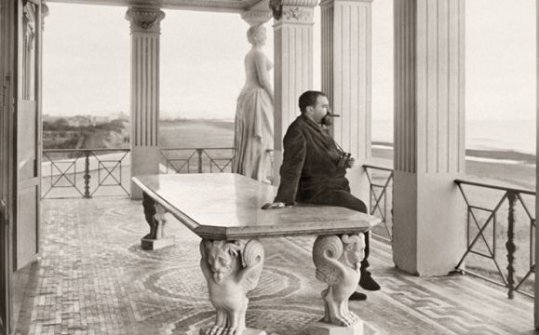The exhibition is aimed not only at lovers of photography and literature, but also at the public in general, as it takes an entertaining and educational approach to one of the most important chapters in contemporary Spanish culture. Through more than 200 photographs, objects and documents, the exhibition’s argument sets out to reflect the evolution in Spanish photographic portraiture from the daguerreotype era to the end of the Civil War and the beginning of the Franco dictatorship. Given the close connections between the language of photography and literature, it also attempts to build a ‘face of literature’ from the work of major Spanish photographers of the period.
The exhibition thus portrays a dazzling and surprising tableau of the world of Spanish literature, featuring from portraits of members of the Romantic and post-Romantic generation (the Duke of Rivas, Gustavo Adolfo Bécquer, Mesonero Romanos, Eugenio de Hartzenbusch, Víctor Balaguer, Manuel Fernández y González, Pedro Antonio de Alarcón, José Amador de los Ríos, José Zorrilla, Carolina Coronado, Martínez de la Rosa …), the most prominent members of the following generation (Juan Valera, José María de Pereda, Benito Pérez Galdós, José Echegaray, Leopoldo Alas ‘Clarín’, Emilia Pardo Bazán and Santiago Ramón y Cajal), authors who wrote in Galician and Catalan and led movements as important as the Rexurdimento and the Renaixenca (Rosalía de Castro, Eduardo Pondal, Manuel Murguía, Manuel Curros Enríquez, Jacinto Verdaguer, Eduardo Pondal, Ángel Guimerá and Joan Maragall), members of the Generation of ‘98 and their followers (Pío Baroja, Valle- Inclán, Miguel de Unamuno, Santiago Ramón y Cajal, Azorín, Juan Ramón Jiménez, brothers Manuel and Antonio Machado, Vicente Blasco Ibáñez …), and the leaders of the Generation of ’14 (José Ortega y Gasset, Gregorio Marañón, Gabriel Miró, Eugenio d´Ors, Pérez de Ayala, Ramón Gómez de la Serna …), as well as the bohemians and figures at the frontier, captained by the legendary Alejandro Sawa, the immortal Max Estrella in Luces de Bohemia.

































